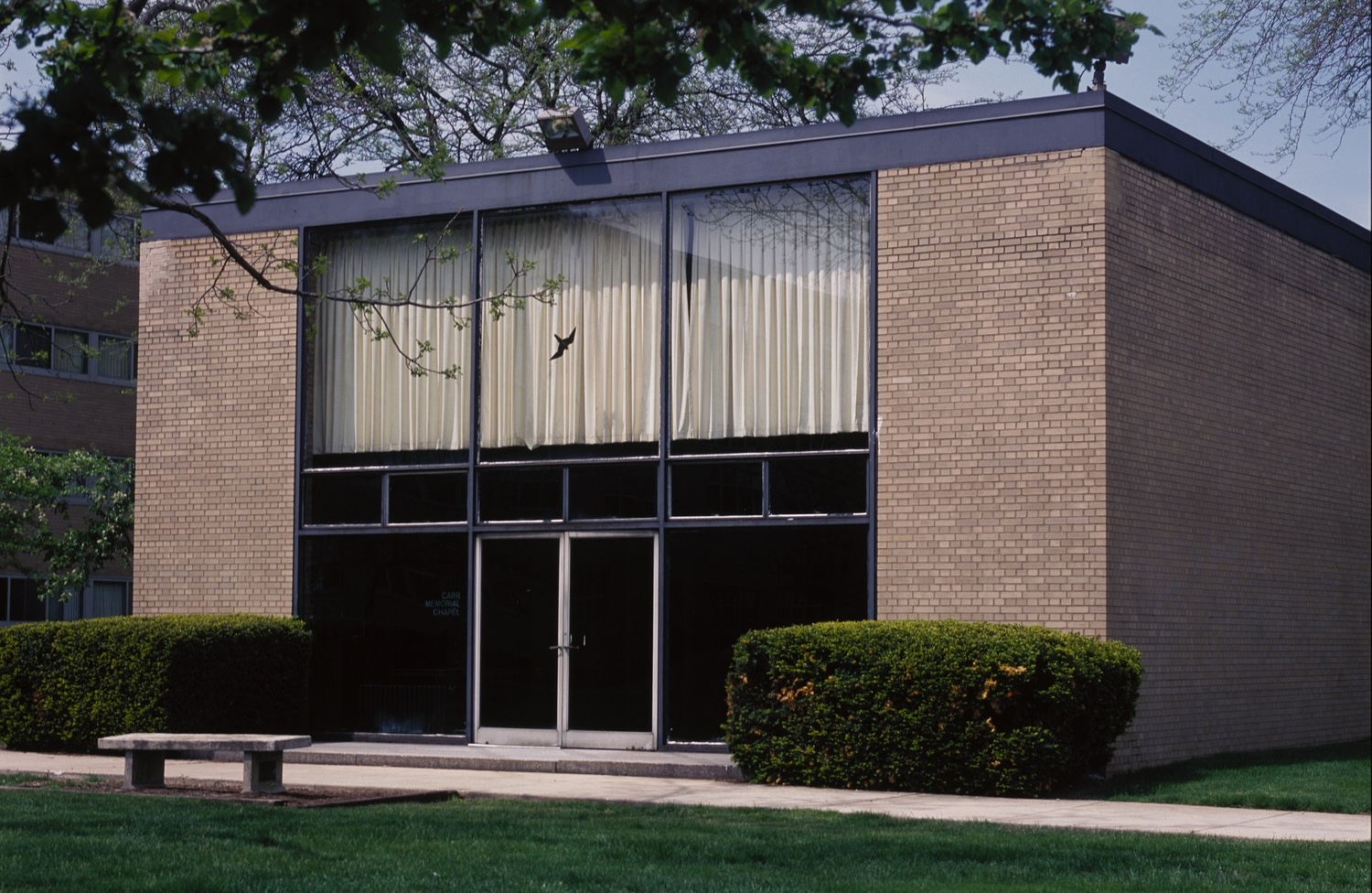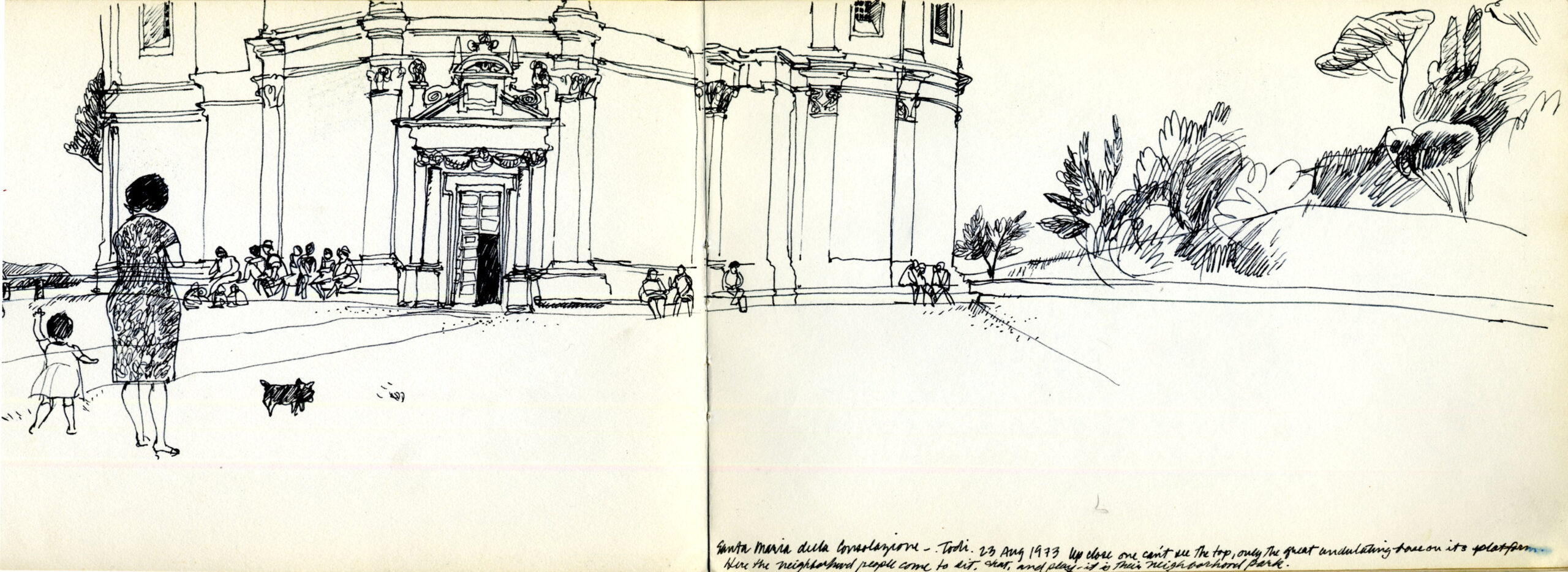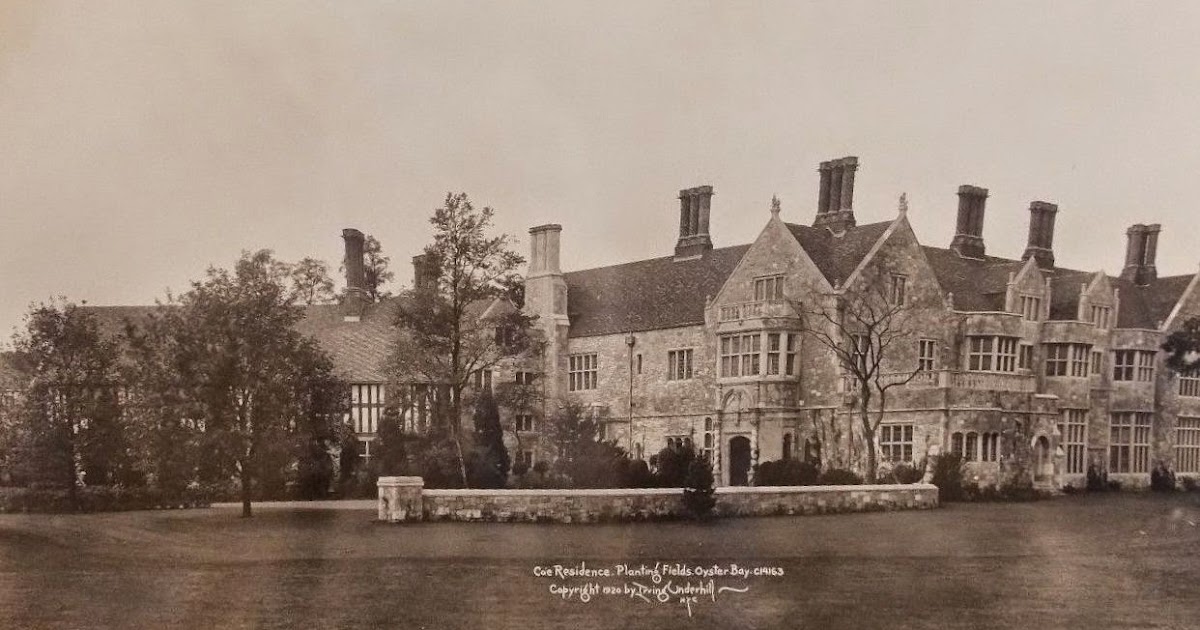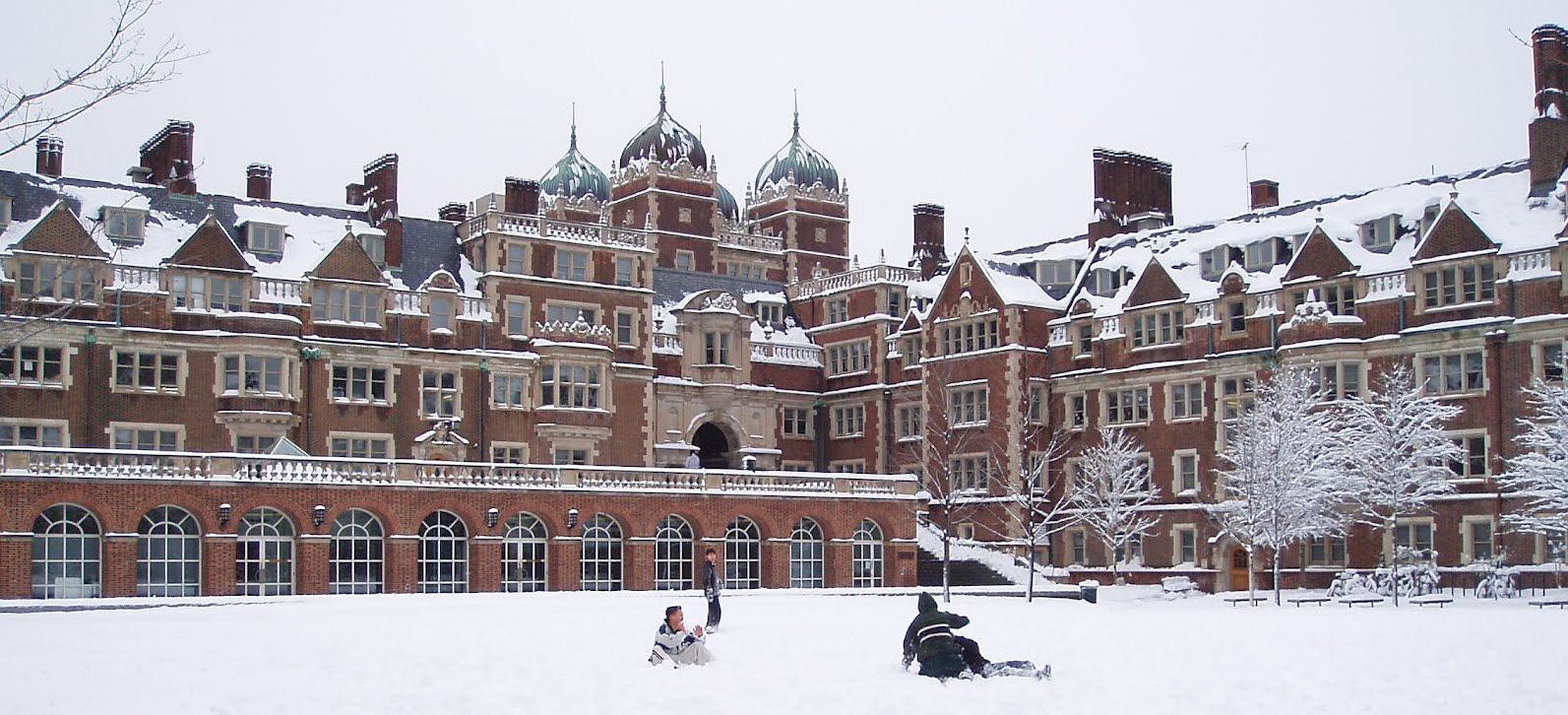PHILADELPHIA ON THE ROCKS
A happy four days spent on Mount Desert Island. Gave a lecture on Planting Fields to the Beatrix Farrand Society; visited the spectacular Abby Rockefeller Garden; had a memorable lunch at Martha Stewart’s great house, Skylands; saw a beautiful wooden body 1913 Peugeot in the Seal Cove Auto Museum; went sailing on a Herreshoff canoe yawl; ate Scott Koniecko’s perfect oysters in his as-yet unfinished perfect house. I stayed in Northeast Harbor, once known as Philadelphia on the Rocks because so many Philadelphians summered there, and because they were a tipsy crowd. Cheers!






